Human brain and technology: The controversial mix is subject to debate
The rapidly emerging field of “human augmentation” guides us towards a futuristic vision, promising a fusion of human and computer tech designed to enhance our natural potential. In March 2025, US researchers said, a brain implant using AI was able to turn a paralyzed woman’s thoughts into speech almost simultaneously.
The experiment was performed on Ann, a 47-year-old former high school math teacher who has not been able to speak since suffering a stroke 18 years ago. The California-based team of researchers had previously used a brain-computer interface (BCI) to decode the thoughts of Ann and translate them into speech. But there was an eight-second delay between her thoughts and the speech being read aloud by a computer.
On July 21, Elon Musk’s company Neuralink announced it had implanted its brain-computer interface device in two participants on the same day, marking a first for the neurotechnology firm. The surgeries bring the total number of human patients to nine. The experimental device is designed to help people with paralysis control smartphones and computers using only their thoughts.
As Neuralink advances its research, public discussion is growing around the potential benefits and challenges of brain chip technology. While these implants could revolutionize medical treatment and quality of life, they also raise important ethical and societal questions. At the end of January 2024, billionaire Elon Musk announced on X that the first human had successfully received a brain implant from his company, Neuralink, and was recovering well.
Neuralink is one of several groups looking at how the human nervous system can be linked to a computer and what medical implications this could have. According to clinicaltrials.gov, there are currently over than 70 so-called “brain computer interface” trials underway.

How the chip works
Neuralink is designed to be implanted directly into the skull and features a series of ultra-thin wires that extend into the brain. According to a September 2023 announcement from the company, these wires are inserted into the region responsible for controlling movement intentions.
Apparently, the first goal of this so-called ‘brain chip’ is to allow people to control their electronic devices using only their thoughts. Neuralink is designed to restore autonomy to people with paralysis, allowing them to control phones and computers using only their thoughts—a capability the company calls “telepathy.”
Reference: The controversial blend of the human brain and technology
Key findings of the Q2 2025 edition (HP Wolf Security Threat Insights Report) include the following:
1.) In Q2 2025, the HP Threat Research team identified attackers refining their use of living-off-the-land (LOTL) tools to evade detection. In one campaign that targeted businesses, threat actors chained together multiple LOTL tools, including lesser-known ones, to deliver XWorm malware. The final payload was hidden in the pixels of an image (T1027.003) downloaded from a trusted website, decoded via PowerShell (T1059.001), and executed through MSBuild (T1127.001), enabling remote access and data theft.
2.) HP Sure Click detected attackers targeting German-speaking regions with highly realistic SVG-based (T1027.017) invoice lures to deliver malware in Q2. These emails bypass scanners and mimicked Adobe Acrobat to trick users into downloading malicious ZIP files. The delivered malware is a lightweight JavaScript (T1059.007) reverse shell that establishes persistence, collects system data, and enables remote command execution.

3.) Lumma Stealer was one of the most active malware families observed in Q2. HP Wolf Security found the malware being actively distributed via phishing emails containing malicious IMG archives. These disk images, mounted by Windows as virtual drives, hid HTA files (T1218.005) that launched obfuscated PowerShell commands leading to an NSIS installer. The installer deployed shellcode that unpacks and runs Lumma Stealer. Despite a law enforcement takedown in May 2025, campaigns continued in June and its operators have been rebuilding their infrastructure.
Reference: HP Wolf Security Threat Insights Report: September 2025 | HP Wolf Security

Wendy mentioned Intel’s tech updates for 2025 such as Intel Core Ultra (Lunar Lake for laptop and Arrow Lake for desktop) processors comprising Intel’s AI PC portfolio for 2025; Intel vPro as the no-compromise solution for business. She said that Intel delivers what modern businesses need: performance; manageability; connectivity; AI; stability; security. There is also the new Intel Xeon 6 which is the latest processor for servers bringing AI everywhere; for evolving data centers; and ecosystem ready. Xeon is the most deployed host CPU for AI accelerated systems.
Dynamic presentations and conversations capped this occasion plus some fun during the raffle draws with guests winning various prizes. But the best part was the priceless trove of knowledge imparted to valued clients for the benefit of their respective organizations.










